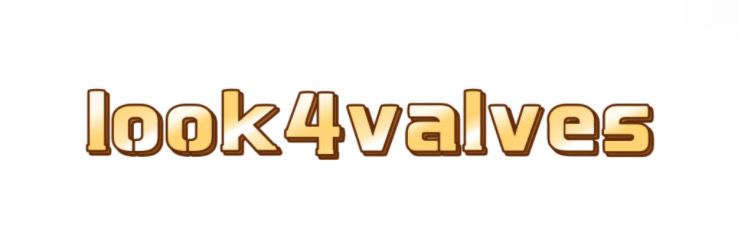Mastering EzCad: Solve Common Laser Software Challenges Today!
The world of laser technology is evolving rapidly, and mastering the associated software can make all the difference for businesses looking to enhance their operational efficiency. Among the various software solutions available, EzCad has emerged as a leading option for many industries. However, navigating the complexities of EzCad can pose challenges, especially for new users. In this article, we will explore the current purchasing landscape for EzCad laser software and how to effectively tackle common issues encountered by users.
If you want to learn more, please visit our website ezcad laser software.
EzCad software is renowned for its capability to support a variety of laser systems, providing precise control over cutting, engraving, and marking processes. The software is particularly favored in industries such as manufacturing, jewelry, and signage due to its user-friendly interface and advanced features. It’s essential for buyers to understand that choosing the right version of EzCad, whether 2.x or the more recent 3.x, is crucial as each version caters to different needs and hardware configurations.
When purchasing EzCad software, it’s vital to ensure that you are obtaining a legitimate version from an authorized distributor. The rise of counterfeit software is a significant concern in the laser technology market, with many buyers falling victim to scams that result in inadequate functionality or even potential damage to their laser equipment. It’s recommended to verify the credentials of the seller, check for warranties, and ensure that customer support is readily available.
One common challenge users face when first engaging with EzCad is the installation process. While the software generally provides step-by-step instructions, various hardware configurations can complicate matters. To mitigate these challenges, users should consult the software documentation thoroughly and, if possible, reach out to the vendor for assistance. Additionally, online forums and user groups can serve as valuable resources for troubleshooting installation issues.
Once installed, users often grapple with understanding the software’s extensive feature set. EzCad has many tools designed for diverse applications, and some users may find themselves overwhelmed. To tackle this challenge, users are encouraged to invest time in training sessions or tutorials, many of which are available online. Familiarity with essential functions such as setting up layers, adjusting power and speed settings, and using design files will significantly enhance the user’s proficiency and confidence.
Another typical hurdle is achieving optimal engraving or cutting quality. Users frequently report issues with alignment, particularly when switching between different types of materials. To address this, it's prudent for users to conduct test engravings and make incremental adjustments based on observed outcomes. Understanding how material thickness, surface texture, and laser settings interact with one another is key to maintaining quality and consistency.
Additionally, compatibility issues can arise when integrating EzCad with other design software. Designers accustomed to programs like AutoCAD or Adobe Illustrator may find it challenging to transfer designs seamlessly to EzCad. Buyers should consider investing in file conversion tools or add-ons that facilitate better interoperability between software platforms, ensuring a smoother workflow.
As with any software, keeping EzCad updated is crucial to accessing the latest features and maintaining compatibility with newer laser systems. Regular updates can also improve security, reducing the risk of vulnerabilities that might otherwise be exploited in outdated software. Users should make it a habit to review update notes and understand the changes made with each new version.
Finally, with any laser software, establishing a support network can greatly enhance problem-solving capabilities. Engaging with local user groups, forums, or community events can connect users with others who share similar challenges and solutions. Establishing these connections can lead to shared resources and best practices that streamline workflows.
In conclusion, while mastering EzCad laser software presents its share of challenges, a keen understanding of the purchasing landscape, thorough training, and an active support network can significantly ease the transition. By following best practices and remaining informed, users can maximize their investment in EzCad and harness the full potential of their laser technology.
For more information, please visit China Resistor Laser Trimming Machine.



